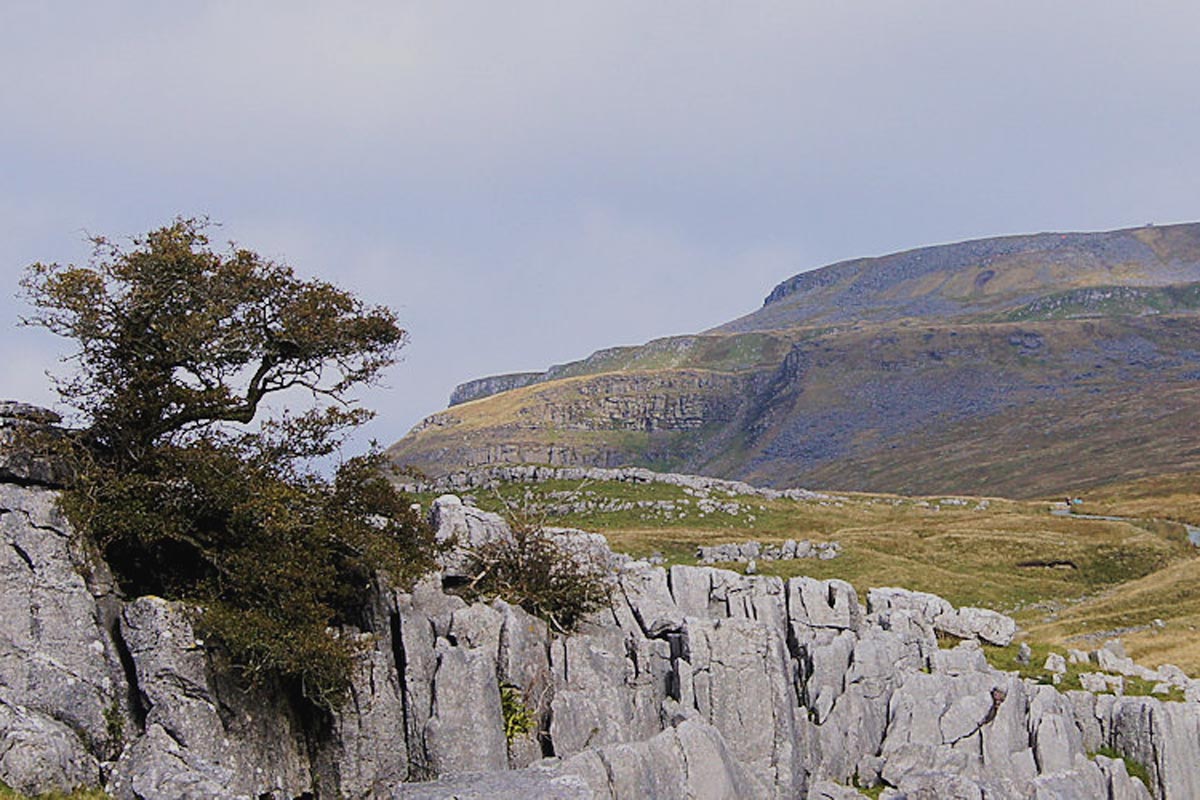A short history of life on earth
The earth became the earth about 4.6billion years ago. Before that, loads of space junk was zooming around our solar system, everything crashing into everything else. A bit like a children’s party where there’s too much cola.
Over time this space junk collected in bigger and bigger lumps, so big the lumps had their own gravitational pull and sucked in other junk nearby. These lumps formed the planets and the Sun that make up our solar system. At what point 4.6billion years ago the earth was no longer a gathering ball of space junk and became a planet, I’m not sure but that’s how it happened.
For the next couple of hundred million years there was still a whole load of rocks flying around, lots crashing into earth turning the surface of earth into one big molten lava ball. Over time less and less meteorites thwacked the earth, the surface cooled and hardened allowing water to gather on the earth’s surface. The surface of the planet became a shallow soup of water with small patches of land scattered like croutons.
During this transformation period, volcanos erupted coughing out gases. It’s thought a huge meteorite the size of Mars crashed into earth creating our moon and releasing a huge amount of gas. The earth’s gravitational pull kept these gases close to the surface of the earth forming our early atmosphere.
Over billions of years volcanic eruptions, infrequent meteorite strikes and the huge heat under the earth’s surface have changed the shape of the rock and water that make up the surface of the planet as it is today.
When the earth was a billion years old, there was not much of a party with the only life around single cell organisms. Over the next billion years or so, bacteria developed that could photosynthesize releasing oxygen into the atmosphere we breathe today. It’s thought to that point there was no oxygen in the atmosphere, all the oxygen we breathe today has excreted from biological life over billions of years.
Hundreds of millions of years on, life evolved in the sea in the form of seaweed and then sea creatures. Only after a few more hundreds of millions of years did life move onto land. We humans only evolved 200,000 years ago, a mere twinkle from an amorous star.

It’s not been an easy ride to the relatively tranquil earth we’ve got today. The earth has seen extremes with temperatures twice today’s or ice caps stretching all the way to the equator. It’s these different conditions that have created the rich resources we have today.
Coal came from the dead trees and vegetation of about 300million years ago. At this time temperatures were so high trees and vegetation grew insanely fast but did not decay properly. Instead getting buried, trapping the carbon normally released as they decay, underground. This vegetation became buried as other vegetation fell on top, the pressure from stuff on top forming coal.
Oil and gas formed in a very similar way, just in the oceans. Dead sea life and vegetation falling to the sea bed, buried over time and with the pressure forming gas and oil. Gas and oil are usually formed during the same process and hence often found together.
Oil, coal and gas is carbon sucked out of the atmosphere by life over hundreds of millions of years, as we pull it out of the ground and burn it we release that carbon, in the form of carbon dioxide, back into the atmosphere.
The earth’s atmosphere
Greenhouse gases (GHGs) make up only a very small portion of the atmosphere. Mostly the earth’s atmosphere is made up of nitrogen and oxygen and with only about 1% carbon dioxide and other greenhouse gases.
The earth is heated by the Sun when it shines on the earth’s surface. Some of the heat energy of the Sun is absorbed by the earth, some reflected back into space. Greenhouse gases in the atmosphere block some of the sun’s rays returning into space, instead reflecting the energy back to the earth’s surface where more heat is absorbed. This same effect causes greenhouses to warm on a sunny day.
GHGs occur naturally and without them we would not have the warm climate we have today, probably a nippy -18°C. The problem is if we keep too much of the sun’s energy we warm the earth.
By looking at air captured in ice sheets frozen for 400,000 years, we can measure historic levels of GHG in the atmosphere. In the last 20 years due to human burning of fossil fuels, GHGs in our atmosphere are 30% higher than the highest level seen in 400,000 years!
The Ozone layer is just one layer of the earth’s atmosphere, the breakdown of the Ozone a different problem to the human addition of greenhouse gases. The Ozone layer stops the sun’s rays harmful to life from ever reaching the earth’s surface.
The Carbon Cycle
Early in our schooling lives we learn plants grow with energy from the sun and carbon dioxide from the air, releasing oxygen. The sea and sea life also absorbs carbon dioxide from the air, as does soil on the ground. By far, the sea is the biggest ‘sink’ absorbing carbon dioxide.
Each year in spring and summer, plants grow absorbing carbon dioxide from the atmosphere. In autumn and winter as plants die and leaves fall to the ground, the carbon dioxide absorbed as plants grew is released. As seas cool and warm they absorb and release oxygen. These natural processes are called the Carbon Cycle.
When we burn fossil fuels we release GHGs trapped underground back into the atmosphere. As we cut down trees and process land for farming, we reduce the ability of the earth to absorb GHGs. Warmer seas absorb less GHG, as the planet gets warmer we reduce the earth’s ability to soak up GHGs.
Changes in the ability of the planet to absorb carbon dioxide feedback into the pace at which we alter the climate.
A 2°C increase in temperature
World leaders have agreed we need to limit the average temperature of the earth to a maximum 2°C increase. But why, surely 2°C would be a good thing? Well for starters, during the last Ice Age the world was an average 6°C cooler and there was 1 mile high of ice covering most of North America nearly all the way to the equator!
A 2°C increase would not be all that bad for most of Europe, North America and Northern Asia with more heatwaves, less frequent but heavier rain, and more severe weather causing flooding and other related problems. Particularly in Europe and North America agriculture would improve, and the wealth and resources of these regions could cope with bigger weather.
With hotter temperature and less frequent rain, inland areas in these regions will experience more drought. Areas that rely on snowfall stored in mountains in winter to supply water as the snow melts in spring and summer will have less water as hotter weather means less snowfall and snow storage. The Himalayas supply huge numbers of people in Asia with water.
Areas in the tropics, Africa, India and South Asia, often already with stretched water resources, will experience more drought. The intensity of big storms of these areas will increase, and generally these areas have less resources to deal with the effects and aftermath of big weather.
World leaders, backed by scientific evidence, agree limiting to a 2°C the degree of change across the world is manageable. However, going above a 2°C change would likely see mass migration as some places become uninhabitable. There’d be big changes in the food we can grow all around the world. And more war as people fight over land and resources.
A major change in climate will be terrible for humans and everything currently living on the planet. The earth has be around for billions of years, and will be for many billions more. How humans are part of that future is down to us.
Read the next series, The Politics of Climate Change for the action taken by governments on our behalf.
Featured image by http://infinity-imagined.tumblr.com/post/82118282481/infinity-imagined-the-formation-of-the-earth



